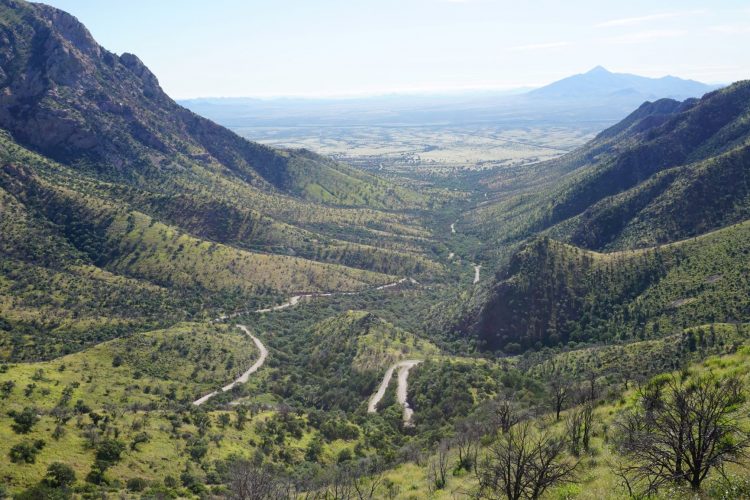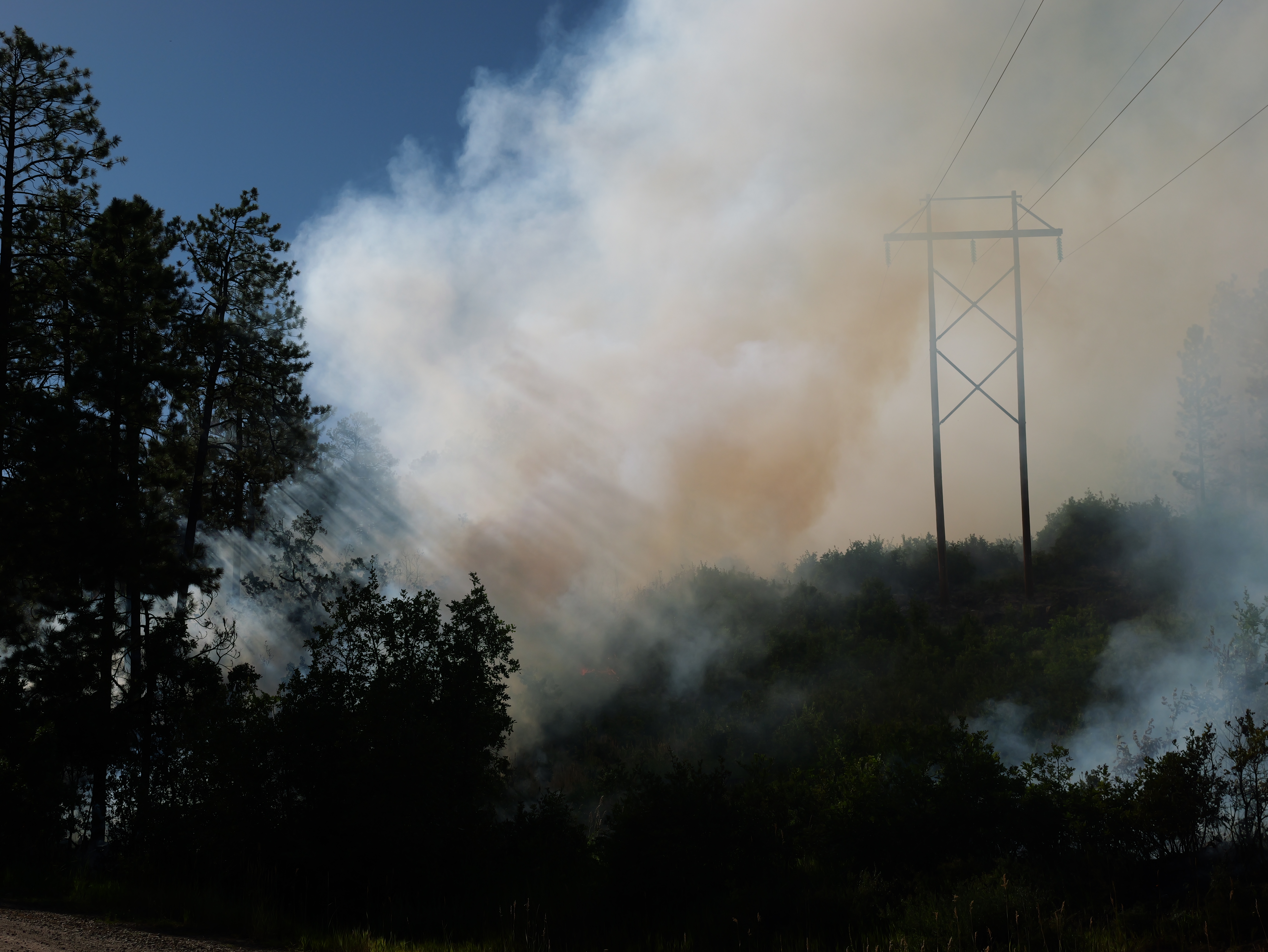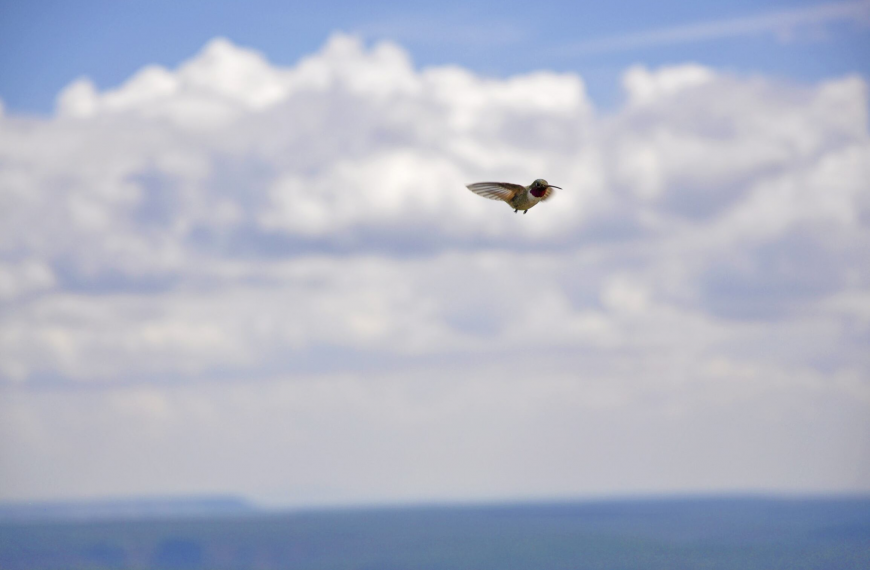Presenter: Miguel Villarreal, Western Geographic Science Center, USGS
Date: July 20, 2021 11am AZ/12pm MDT
In this webinar I will share results of a recent study of contemporary fire regimes over a 32-year period (1985-2017) in the Madrean Sky Islands of the U.S. and México. Our research team evaluated the size, severity and return interval of recent fires in relation to a conceptual model of historical fire regimes for the major biotic communities. During the study period 335 fires burned approximately 28% of the study area, with re-burns occurring on over 25% of the burned areas. The greatest variation in fire regimes, including fire size, frequency, and severity was observed in places with the most diverse human activities and land uses – particularly in the mountain ranges adjacent to the U.S.- México border. Average severity of recent fires was low despite some extreme outliers in cooler, wetter environments. Fire frequency was also higher than historical expectations in these cool and wet environments that support forest types such as Spruce-Fir, indicating threats to these systems possibly attributable to drought and other factors. In cooler and wetter environments in more remote areas of México, pine-oak forests burned with fire frequencies close to historical. In contrast, fires were absent or infrequent across large expanses of lower elevation Woodlands and Grasslands due possibly to overgrazing, which reduces abundance and continuity of fine fuels needed to carry fire. Our findings provide a new depiction of fire regimes in the Sky Islands that can help inform fire management, restoration, and regional conservation planning, fostered by local and traditional knowledge and collaboration among landowners and managers. To view a recording of this webinar, click here!
Click here to view journal article on which this webinar is based.






